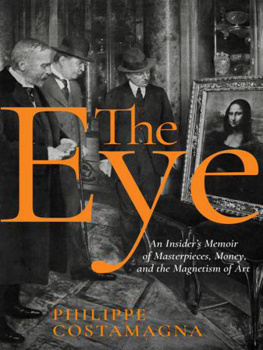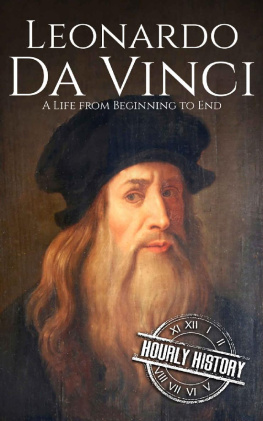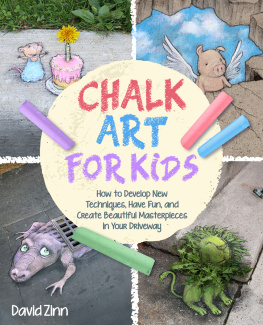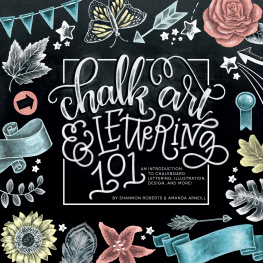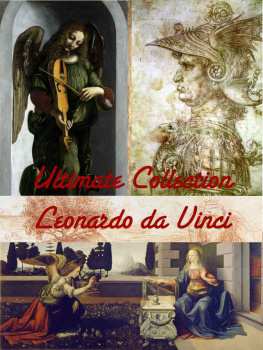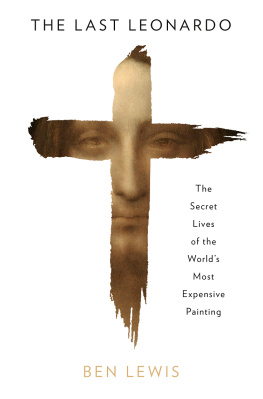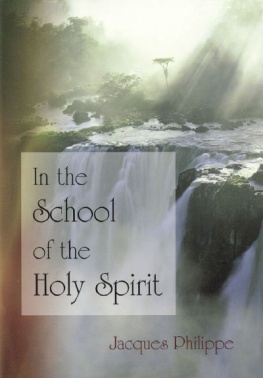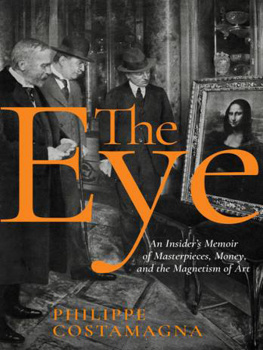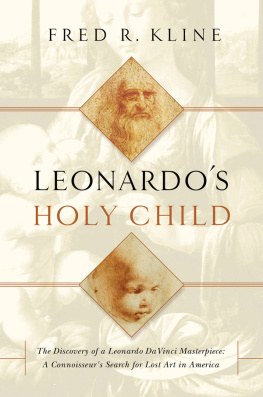


First published in French as Histoires doeils
Copyright 2016 ditions Grasset & Fasquelle, Paris
Publi en France dans la collection Le Courage, dirige par Charles Dantzig
Translation Copyright 2018 Frank Wynne
This work received support from the French Ministry of Foreign Affairs and the Cultural Services of the French Embassy in the United States through their publishing assistance program.
All rights reserved. Except for brief passages quoted in a newspaper, magazine, radio, television, or website review, no part of this book may be reproduced in any form or by any means, electronic or mechanical, including photocopying and recording, or by any information storage and retrieval system, without permission in writing from the Publisher.
Library of Congress Cataloging-in-Publication Data
Costamagna, Philippe
[Histoires doeils. English]
The Eye: An Insiders Memoir of Masterpieces, Money, and the Magnetism of Art/Philippe Costamagna; translation by Frank Wynne.
p. cm.
ISBN 978-1-939931-58-0
Library of Congress Control Number 2017964269
I. France Nonfiction
TABLE OF CONTENTS

ONE
The Miraculous Bronzino
W e talk about a person having an eye for something. I would like to talk about the fascinating and little-known profession of being an Eye. The term might sound curious and surprising, but it would be impossible to explain in other terms what certain art historians do on a daily basis. If what we might call the traditional art historianlike the musicologist or the literary historianis content to draw on a rich library and a vast image bank, the task of what I call the Eye is to establish the authorship of paintings by sight alone. His task is to see. To do so, it is crucial that he have direct contact with each work of art. Traditional art historians, musicologists, and literary historians construct complex hypotheses and conduct extensive research in order to expound their theories in books. The Eye, on the other hand, relies on dramatic coups de thtre. His task, in short, consists of proposing a name. Every day, he is presented with unknown works of art. All too often, they are disappointing. But sometimes he is struck by something extraordinary, something as clear and irrefutable as it is unexpected.
He is an Eye in the same way that someone might be a Nose in the perfume industry. Noses identify scents and formulate perfumes. Eyes in the art world discover paintings and establish authorship at a glance. But there the comparison ends. If the great Noses are creators, artists sometimes capable of moments of genius, neither Eyes nor art historians generally can be considered to be creators. Eyes observe, and this observation triggers a process of memory that allows them to see. The process is not a form of genius but an acutely refined sense of analysis, an ability to break down the painting one is looking at into a collection of distinctive traits found in the diverse works of an artist.
It is this skill that enables the Eye to make discoveries. Unlike discoveries in mathematics, chemistry, or physicsthose of Newton or Einstein for example, which are the product of the genius of an individualthe discoveries made by the Eye have more in common with that of Christopher Columbus. No genius was required. Merely a spirit of adventure and a happy accident, the result of a wager that he could find a new shipping route between Europe and India. The Eye is a miniature Christopher Columbus who roves the world of art, alert to any surprises. But whereas Christopher Columbus did not know what he had stumbled upon, the Eye on the other hand knows immediately. Like an explorer rediscovering Atlantis and knowing it can be nothing else. When an Eye is confronted with a work whose authorship he alone can identify, we say he has made a discovery. The more important the artist, the more important the discovery; and should the work in question be a masterpiece, executed by one of the greatest painters in history yet overlooked for centuries, we might even say a great discovery.
For an Eye, discoveries of this kind are very rare. He may search tenaciously for something, often without success, and then, without intending to, make unexpected discoveries. I confess that I have made at least one such discovery, completely by chance. It happened in October 2005, in the company of an Italian friend, Carlo Falciani, a specialist in sixteenth-century Italian painting like myself. We had been invited to Provence by an art collector in order to consider a painting that, though interesting, did not turn out to be the work we had hoped, and as so often is the case, the collector was left disappointed; in return, however, we made a discovery that would prove crucial to the history of art.
The previous day, we had visited the Muse des Beaux-Arts in Nice, where Carlos wife, also an art historian, wanted to study a number of paintings. The Villa Kotchoubey, which houses the museum, is one of the last vestiges of the Cte dAzur whose dying echoes and fading light are captured in Tender is the Night by F. Scott Fitzgerald, the Cte dAzur where the cream of European society came to sojourn before the Great War. At the moment when, all around, apartment blocks began to replace the sprawling grounds of the great nineteenth-century mansions, the city bought this villa from a Russian aristocratic family and transformed it into a museum. Here and there between the facades, it is possible to glimpse a sliver of the blue Mediterranean. Not far from the international airport, perched high in the hills of the city, it is one of the last remnants of the Belle poque. The ground floor comprises a great hall with a gleaming granite floor bounded by marble columns and flanked by a monumental staircase and a covered courtyard.
Heading toward the great staterooms, one first passes through a long gallery whose walls are lined with fin-de-sicle paintings in keeping with the ambiance of the villa. Society portraits and oriental scenes, including The Harem Servant Girl by Paul-Dsir Trouillebert, plunge the visitor into the atmosphere of the period. At the far end of the gallery, the room is lit by a vast window. The sun, a frequent visitor to the bay of Nice, was high in the sky that morning, its rays piercing the panes at a steep angle. I remember we were chatting about this and that as we cast an inattentive glance over the collection, perhaps about the painting we planned to see the following day, when our eyes were drawn to a painting of Christ that hung at the far end of the hallway, a beam of sunlight falling upon the feet, glistening on nails that had a porcelain texture that to me was unmistakable. Do you see what I see? asked Carlo. Conversation gave way to a stunned silence. We were seeing the same thing. A providential ray of sunlight had revealed Bronzinos Christ on the Cross , painted by the artist for the Panciatichi family in Florence circa 1540, a work long since lost and vainly sought by connoisseurs of Florentine art of the period.
It is quite a large painting. At five feet tall and three feet wide, it resembles an altarpiece. It depicts Christ crucified in perfect pallor and realism. The right leg, into whose foot a nail is embedded, is turned slightly inward. The prominent cheekbones, the hollow cheeks, the deep bags under the eyes are testament to a long ordeal. Even the slightest detail of the musculature is visible. The pastel pink loincloth intended to hide the Christs nakedness, with its realistic folds, has fallen slightly to reveal narrow hips in which it is possible to make out the bones. Beneath the head, tilted slightly to the right, the reddish-blond hair spills in tight, perfectly defined curls onto shoulders of alabaster. The painter has gone so far as to indicate, with light brush strokes, the grain in the wood of the cross.
Next page
